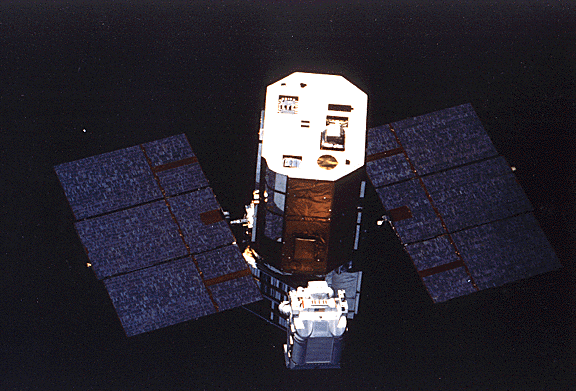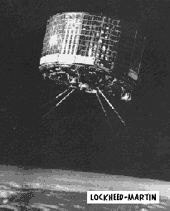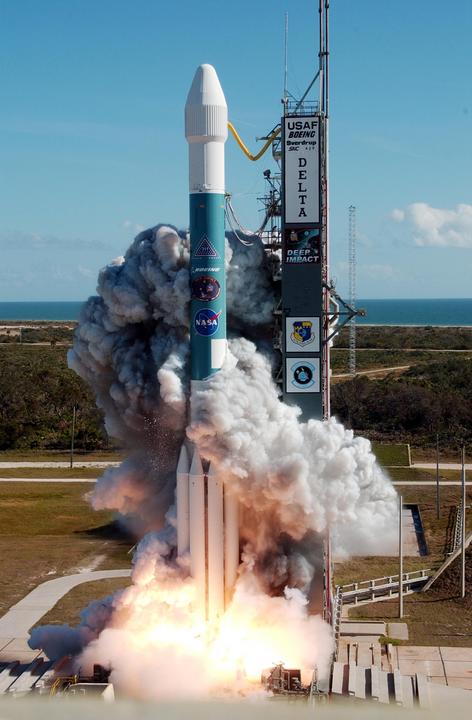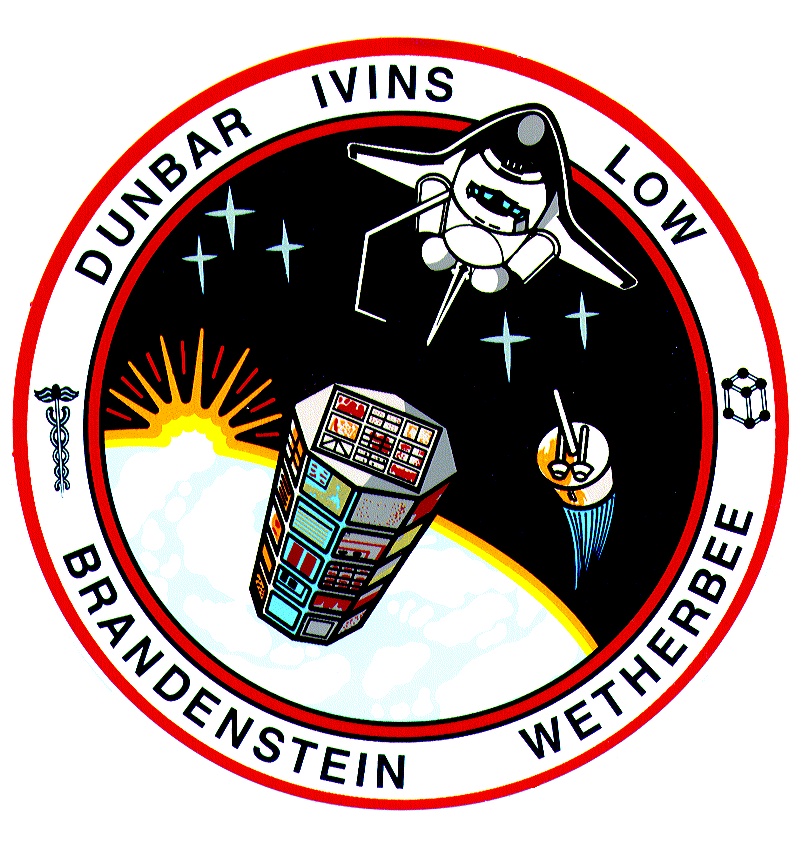Most people know about NASA, even though some may be hard pressed to recite what it stands for: the National Aeronautics and Space Administration. I suspect many people forget about, or may not even know about, its predecessor, the NACA, established by Congress on this day in history, 1915.

(Monochrome NACA logo, from Wikimedia Commons.)
The National Advisory Committee for Aeronautics had very humble beginnings.
Congress founded NACA on 3 March 1915, as an independent government agency reporting directly to the President. Its enacting legislation was attached as a rider to the Naval Appropriation Bill for that year. Unlike NASA, NACA began almost without anyone noticing. It started simply, with a chairman, Brigadier General George Scriven, chief of the Army’s Signal Corps, a main committee of 12 members representing the government, military, and industry, an executive committee with 7 members, chosen from the main committee, and one employee, John F. Victory. Committee members were not paid and served only in an advisory capacity, meeting a few times a year to direct the aim of the new organization. Initially, the task of the committee was to coordinate efforts already underway across the nation. However, its mission and workforce soon grew to cover a greater role in aeronautics research in the U.S.
And, grew into the NASA we know today.




















